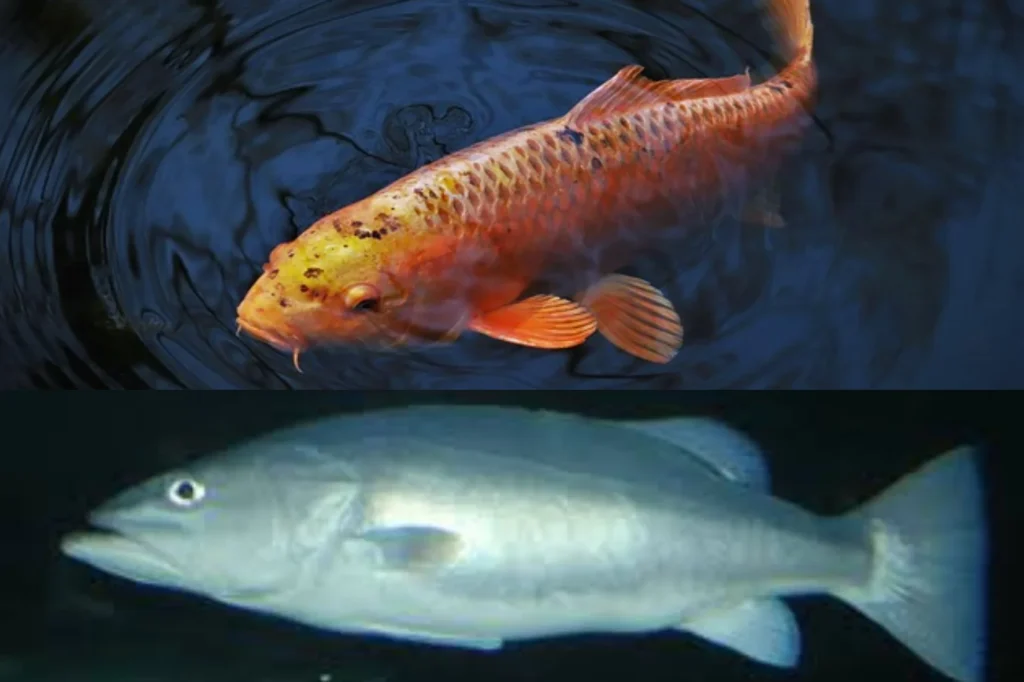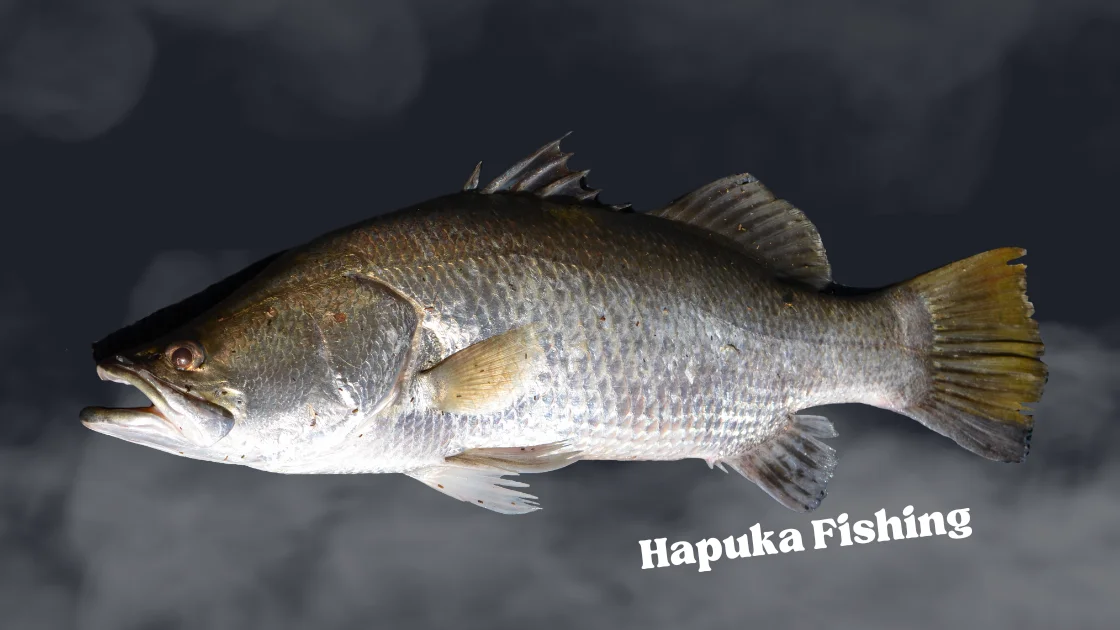Hapuka Fishing, an activity that not only tests your strength and endurance but also rewards you with some of the finest delicacies the ocean has to offer. Also known as ‘wreckfish’, Hapuka is a popular species amongst fishing enthusiasts, particularly for its superior flavor and rewarding catch. In this comprehensive guide, we’re going to delve into everything you need to know about Hapuka fishing, from understanding their habits to equipping the right gear and adopting the most effective fishing techniques.
1. Understanding Hapuka
To start with, let’s understand what Hapuka is. The Hapuka, also known as New Zealand Groper, is a member of the Wreckfish family. This deep-water species is known for its robust strength and superior flavor. It’s a sought-after fish amongst anglers worldwide and is often found in the colder, deeper spots of the ocean. Hapuka fishing can be particularly challenging due to the depths involved, but the reward is a succulent, firm fish that is considered a delicacy.
1.1 Habitat and Behavior
Hapuka are widely distributed across the coastline but tend to favor the rockier, rougher, and deeper parts of the ocean. They are often found in offshore reefs or rubble and are usually caught in depths between 70 and 400 meters. They are most active during the colder months when other fish species take a winter break.
1.2 Physical Characteristics
Hapuka, also known as Bass Groper, is a solid fish, similar yet slender compared to the bass. They are usually found in the same area as bass but sometimes in shallower waters. An average fish is around 10 to 15kgs, and a larger one can weigh up to 50kgs plus.
2. Essential Gear for Hapuka Fishing
When it comes to fishing, having the right gear is crucial. The tackle used is generally heavy due to the depths involved and the strength of the fish.
2.1 Reels
Choosing the right reel is crucial. You need a reel that can hold at least 400 meters of 37kg braid (but 500 meters is better) and exert a minimum of 8-10kg of drag pressure.
2.2 Rods
The rod should be reasonably short (1.8m or less) and strong enough to handle 37kg line.
2.3 Braid Line
Braid line has virtually no stretch, unlike monofilament, allowing you to feel the fish bite as if you are down only twenty meters. Every vibration is transferred right back to the reel, even a small fish can be felt in 300mtrs of water.
2.4 GPS and Sounder
A GPS chart plotter is a great tool for getting onto the spot, marking fish, seeing which way you are drifting, and programming in new spots that look good. A good sounder is essential to identify and track your drift after wind and tide manipulate your boat.
3. Techniques for Hapuka Fishing
Once you’ve got your gear sorted out, it’s time to focus on the fishing techniques.
3.1 Identifying the Right Spot
The first step in fishing is identifying the right spot. Look for rock or reef structures in deep offshore reefs. This is where food (small fish and plankton) is more likely abundant.
3.2 Rigging Up
Rigging up your baits and getting some rigs together is the next step. Large baits like skip jack work well. Streamline is important because you don’t want too much drag on that particular bait.
3.3 Dropping the Bait
Once you’ve identified the right spot and rigged up your baits, it’s time to drop them into the water. However, you should first check your drift to ensure your bait lands in the right spot.
3.4 Winding Up
Winding up rigs weighted with heavy ‘bombs’ from deep down several times a day is a strenuous task – especially when there’s no fish on the hook to provide some cranking incentive. This is where a good harness system makes a big difference.
3.5 Handling the Catch
Upon hooking your Hapuka, it’s essential to lift and wind aggressively to prevent the fish from finding sanctuary. It’s your job to prevent this, with every extra meter of line you can keep, or get back on the reel, making a bust-off less likely.
4. Challenges in Hapuka Fishing
Hapuka fishing is not without its challenges.
4.1 Dealing with Deep Waters
One of the major challenges of Hapuka fishing is dealing with the deep waters. Fishing in depths of 200 meters or more requires strength, endurance, and the right gear.
4.2 Handling the Catch
Handling the catch is another challenge. strong and heavy fish, and lifting them from the depths can be physically demanding.
Bohar Snapper Fishing | Fish Species
Coalfish | The Dark Sea Dweller
Broomtail Grouper Fishing Secrets Revealed
4.3 Bycatch and Sharks
Sharks and small fish can be a bit of a problem when you’re using bait. Using a lure can help eliminate a lot of this problem.
5. Sustainability of Hapuka Fishing
Sustainability is an important aspect of any form of fishing, and a fishing is no exception. Overfishing is a concern, and sustainability of current catch numbers is unknown. Bycatch of trawl fisheries is of concern, and Hapuka may be an important species ecologically within their ecosystems.
6. Cooking and Eating Hapuka
Hapuka is not just a fun fish to catch, it’s also a delicious fish to eat. Its meat is firm, and its flavor is considered one of the finest among fish.
6.1 Cooking Methods
Hapuka can be cooked in a variety of ways. The meat holds together very well and can soak up auxiliary flavors, making it a flexible fish to work with. It can be grilled, baked, or steamed.
6.2 Pairing with Wine
If you’re serving Hapuka, consider pairing it with a refreshing New Zealand white wine or rosé for a perfect meal.

7. Conclusion
fishing can be an exciting and rewarding experience. It’s a test of strength, endurance, and skill, but the reward is a succulent, firm fish that is considered a delicacy. Whether you’re a fishing enthusiast or a professional angler, fishing is an adventure you don’t want to miss.


2 thoughts on “Hapuka Fishing | Ultimate Guide”